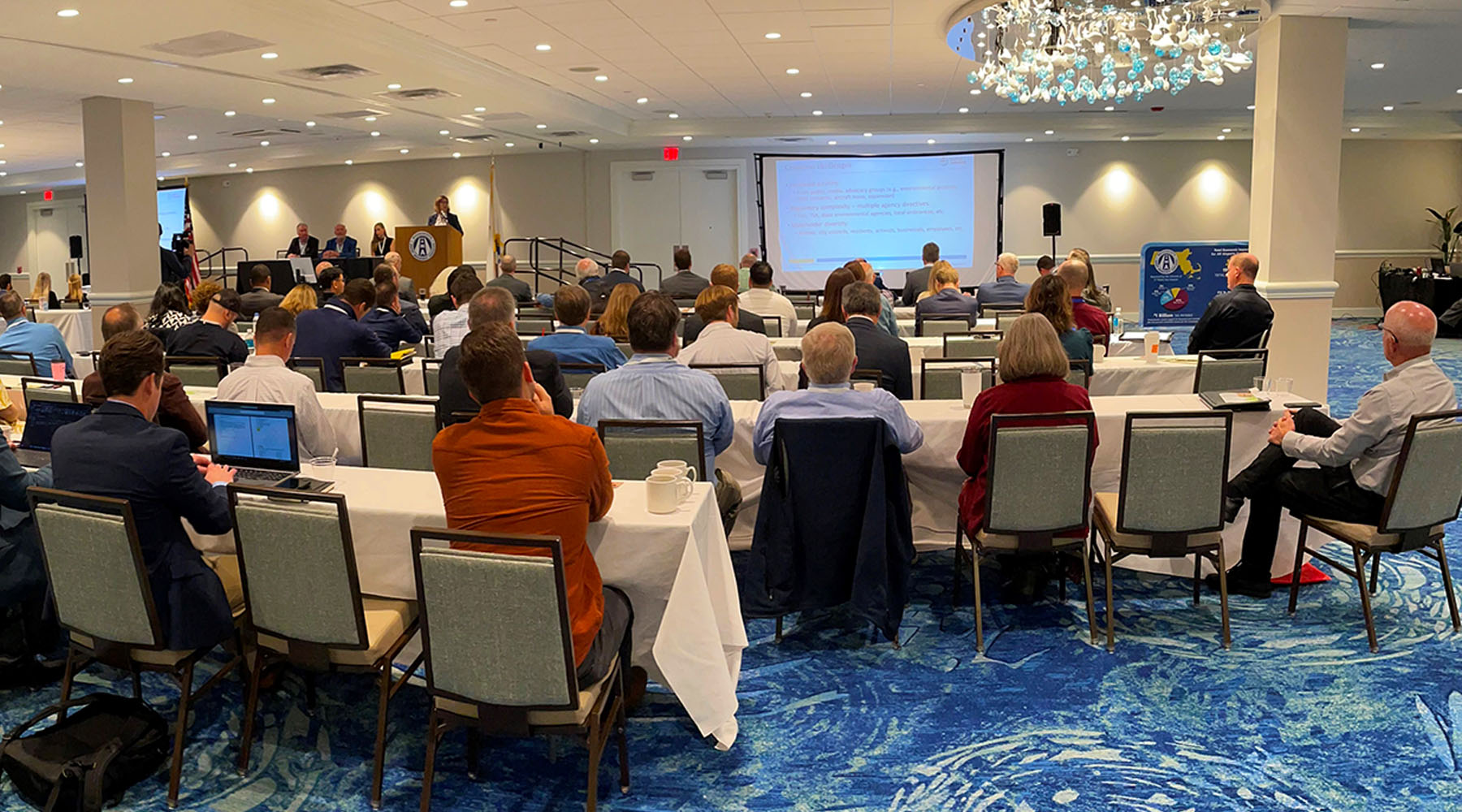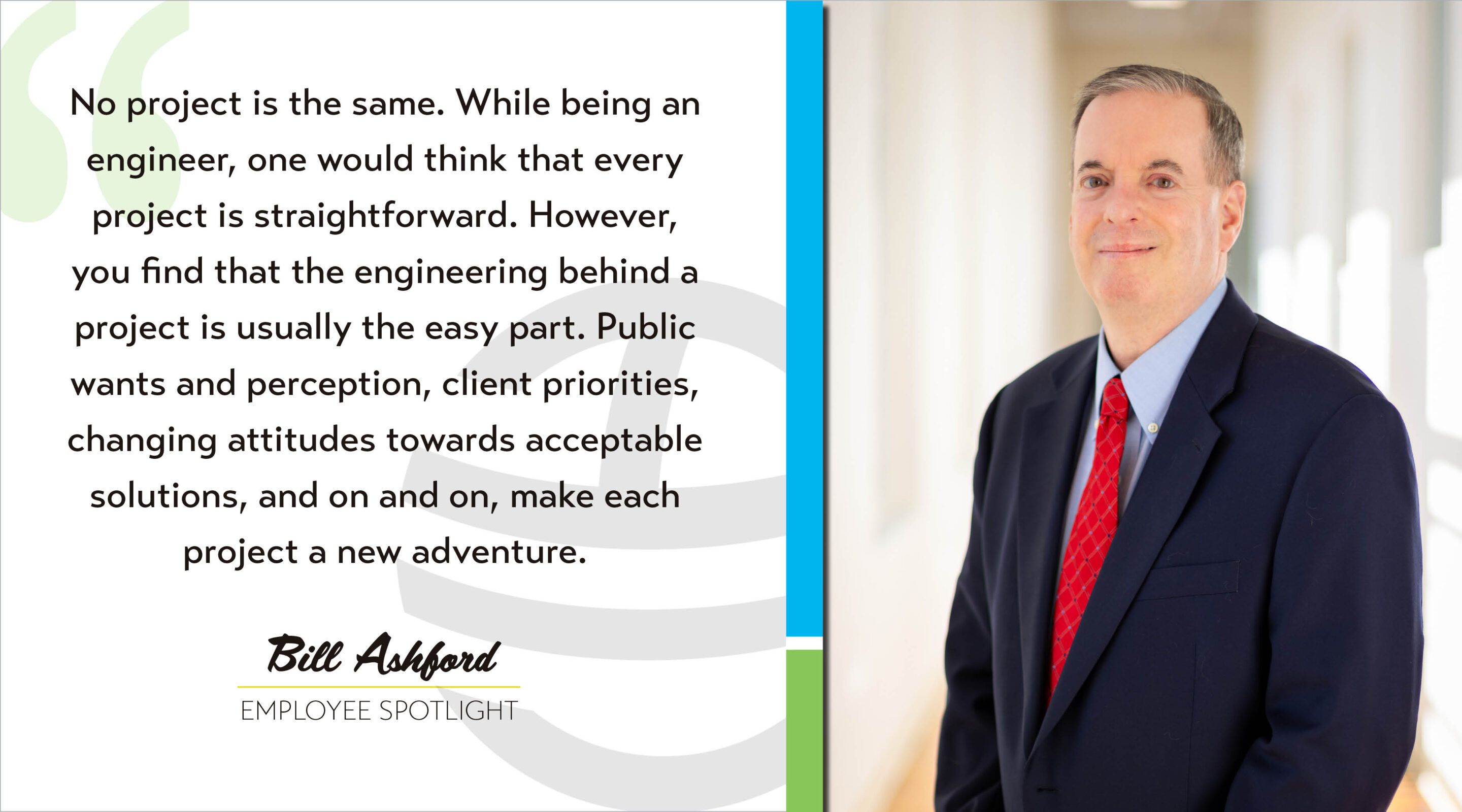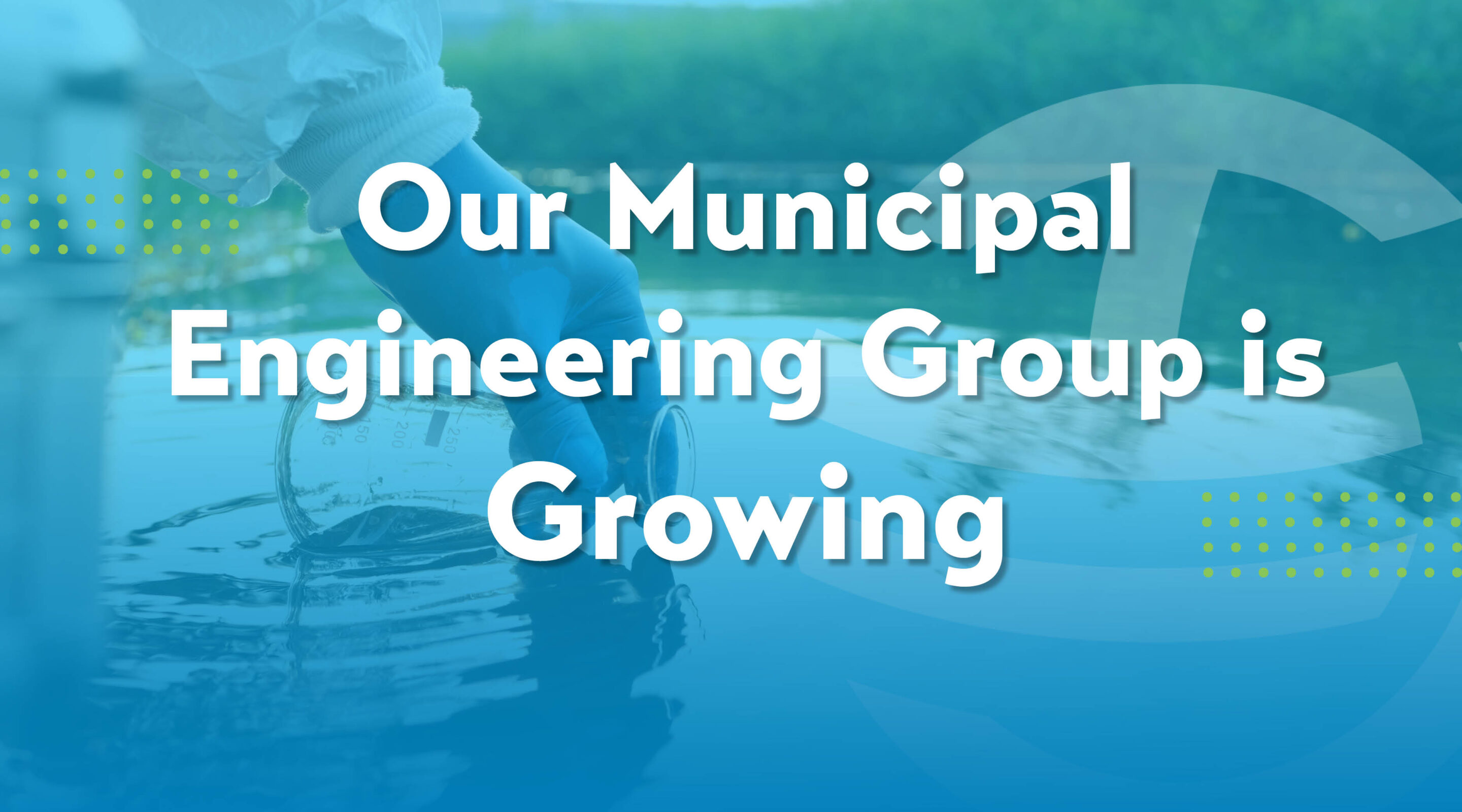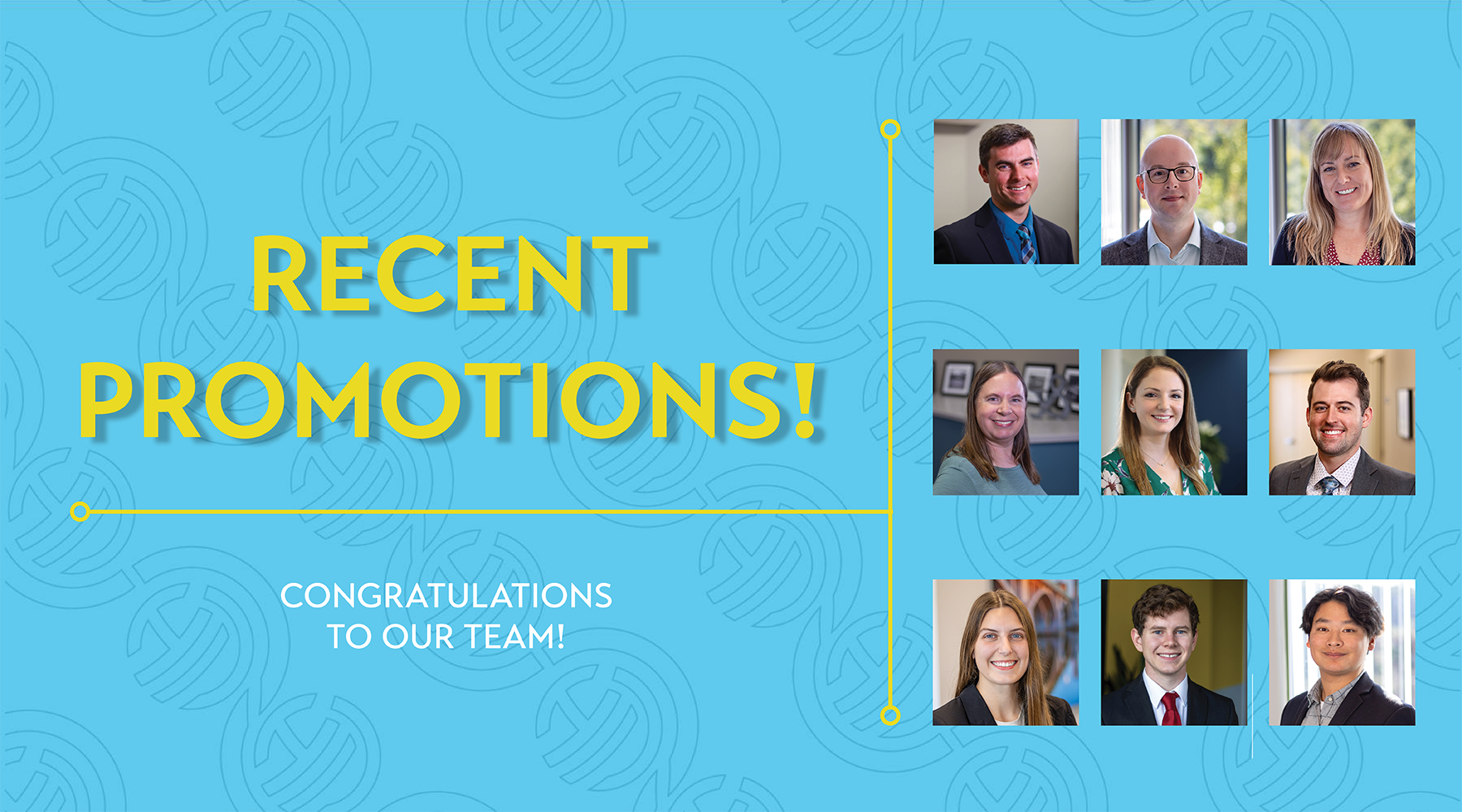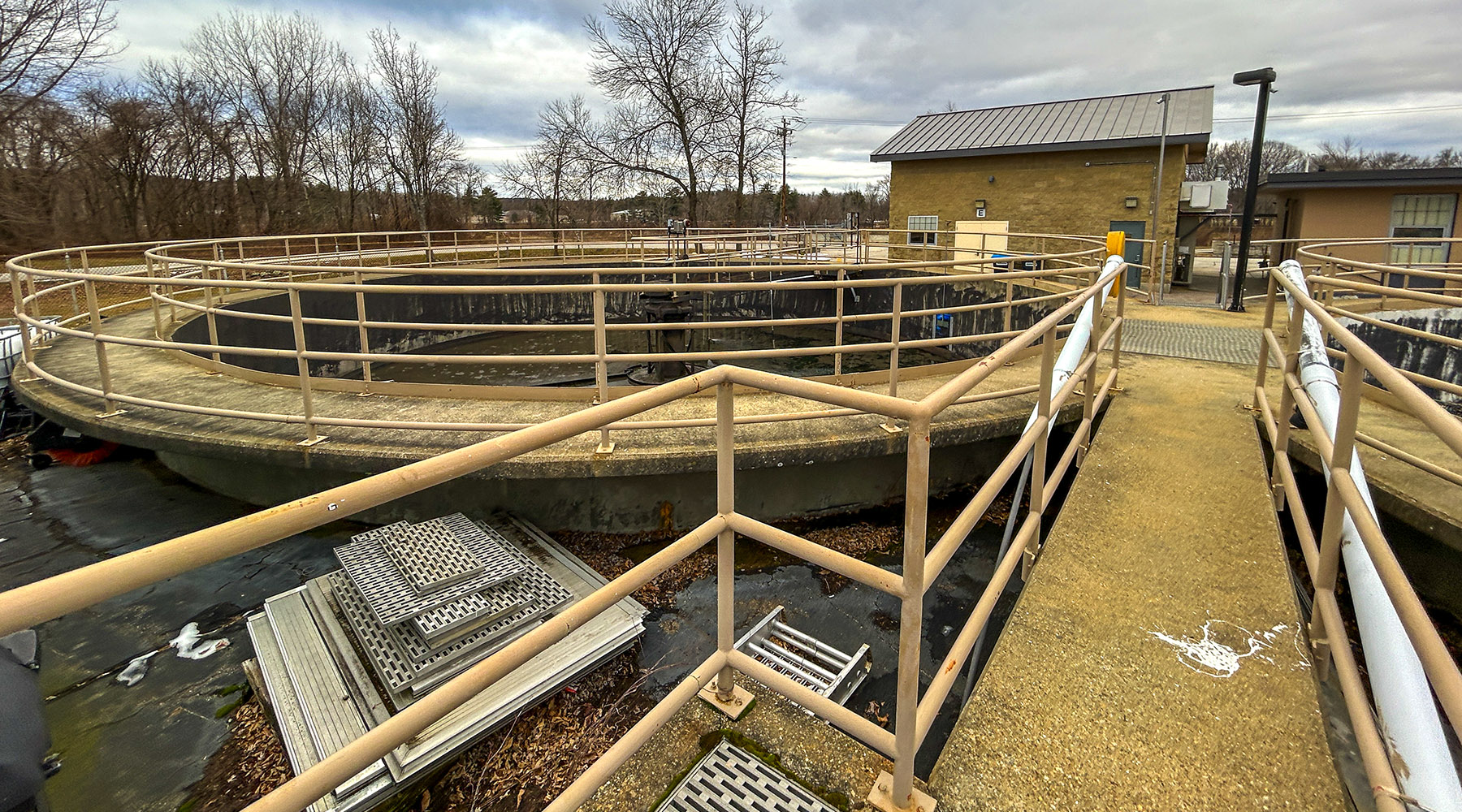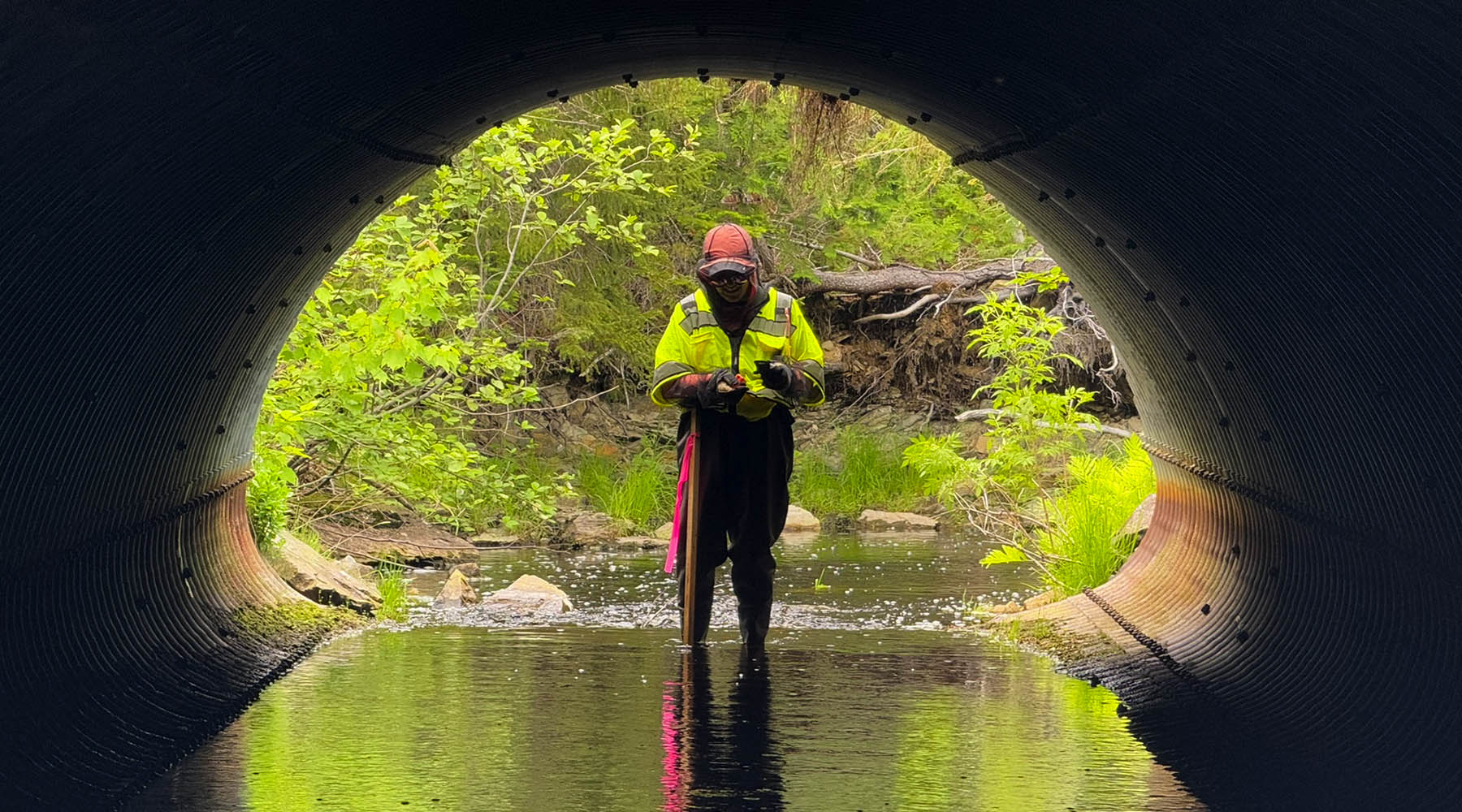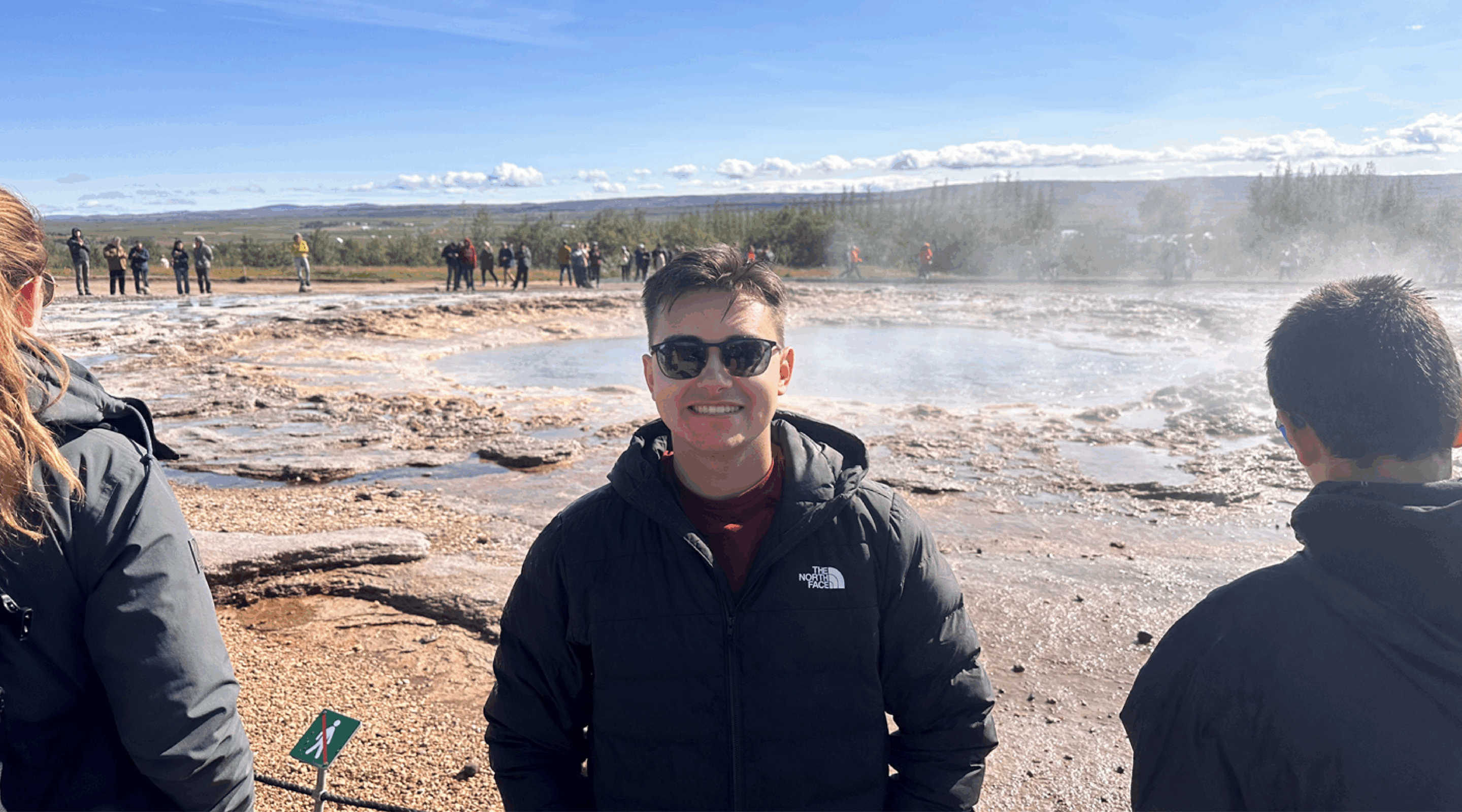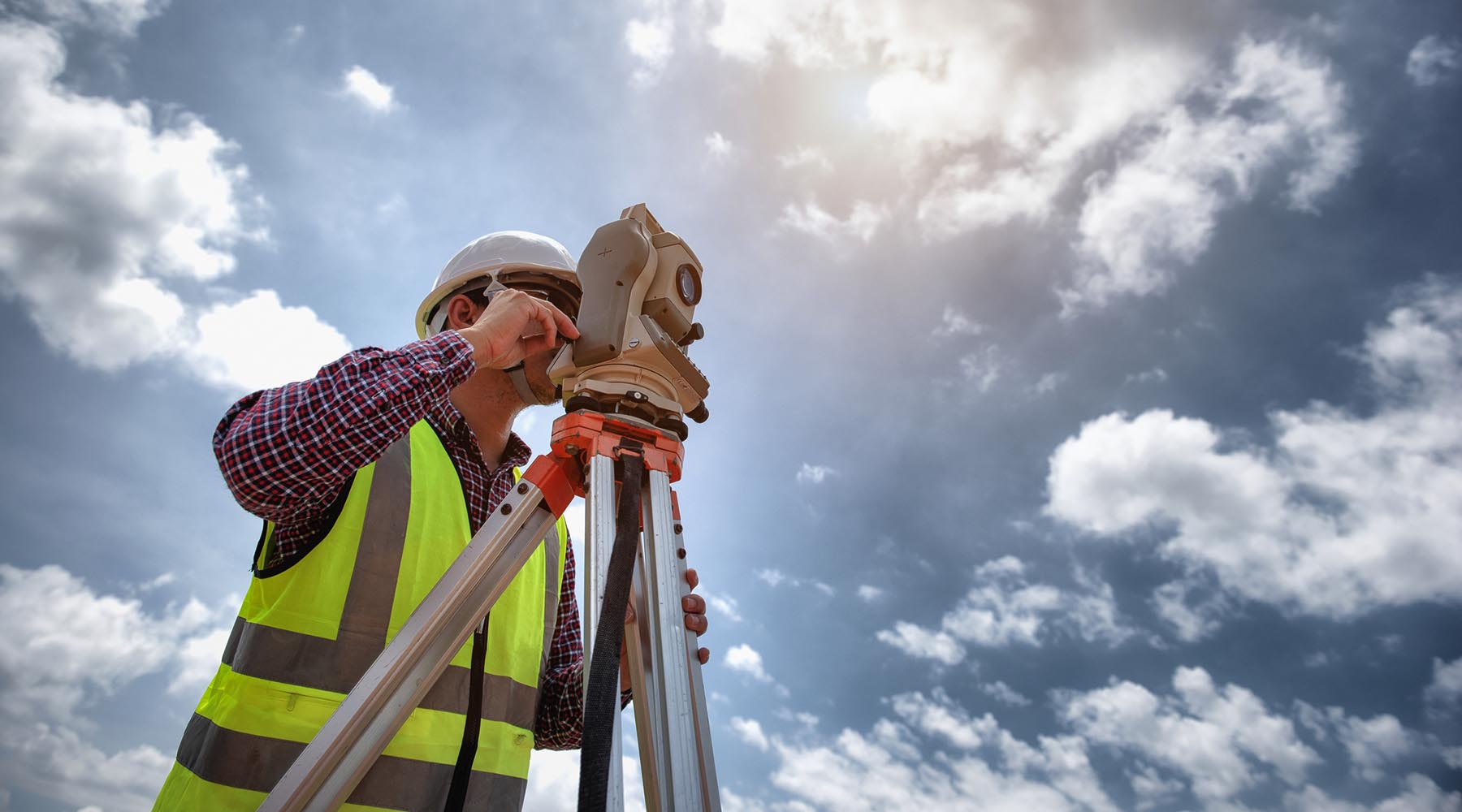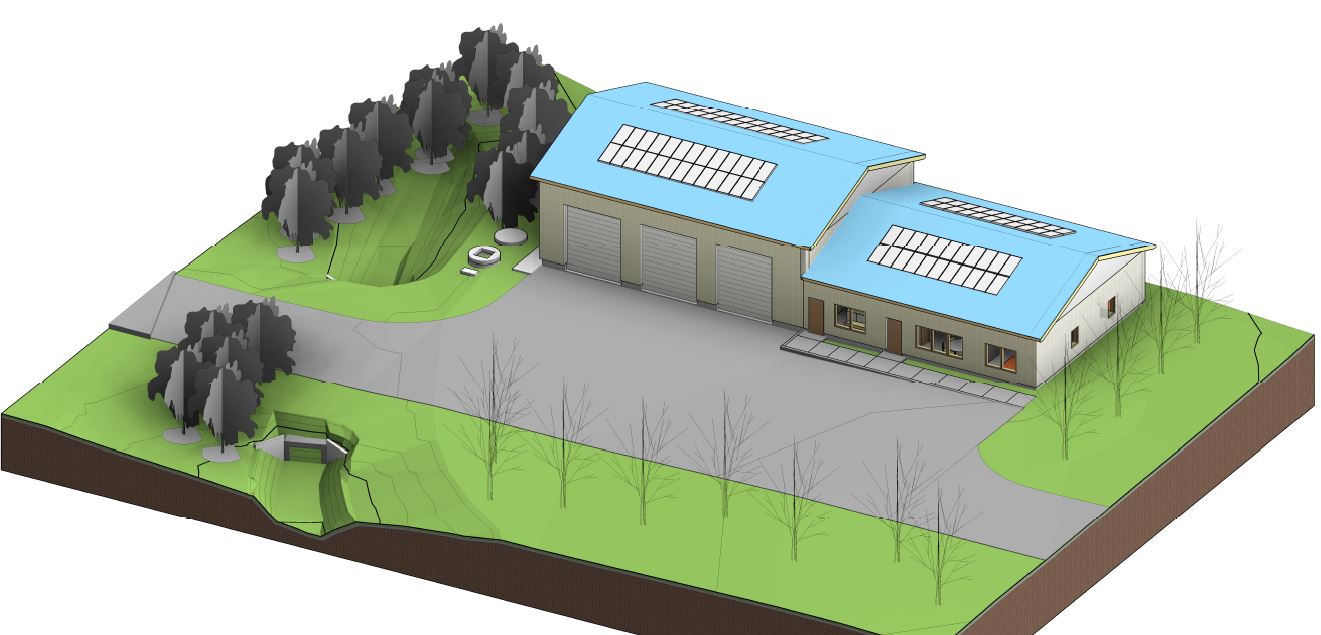Lessons from the Field: Managing Unforeseen Construction Hurdles
One thing that really excited me this past construction season was getting to see firsthand the process of working with the engineer of record and the contractor on making impromptu field changes to the plans due to unexpected site conditions. This past year I was working on a replacement bridge project in Richmond, New Hampshire where we removed the existing culvert that was rotting out along the bottom and replaced it with a new steel beam superstructure.
This project provided me with the opportunity to observe real-time adaptations to site conditions, and understand the extent of these challenges, while closely coordinating with the engineer of record to review such changes. Through this process I learned about how closely different elements of design can affect each other when making a change is needed and gained valuable experience that I can use on design of future projects.
Engineering Ingenuity: Adapting to Site Conditions
The contractor first noticed that something was off when they were trying to drive cofferdam sheeting at Abutment A to enclose an area to construct the footing. Some sheets had already been previously driven along the river when they removed the existing culvert, but as they started to drive more sheeting in around the footprint of the footing the cofferdams were hitting refusal a lot earlier than expected. It turned out bedrock was a lot higher in this area than expected from the borings took back during the design phase of this project. Borings can never be fully representative of the entire project, as only a couple of locations are often tested, but they can usually help avoid situations like this from occurring in the field.
Discovering the Extent of the Challenge
At first, we had no idea how much extra bedrock we were dealing with, but as the contractor slowly uncovered the bedrock present it was clear that the design for this abutment would not work with the elevation of the bedrock. 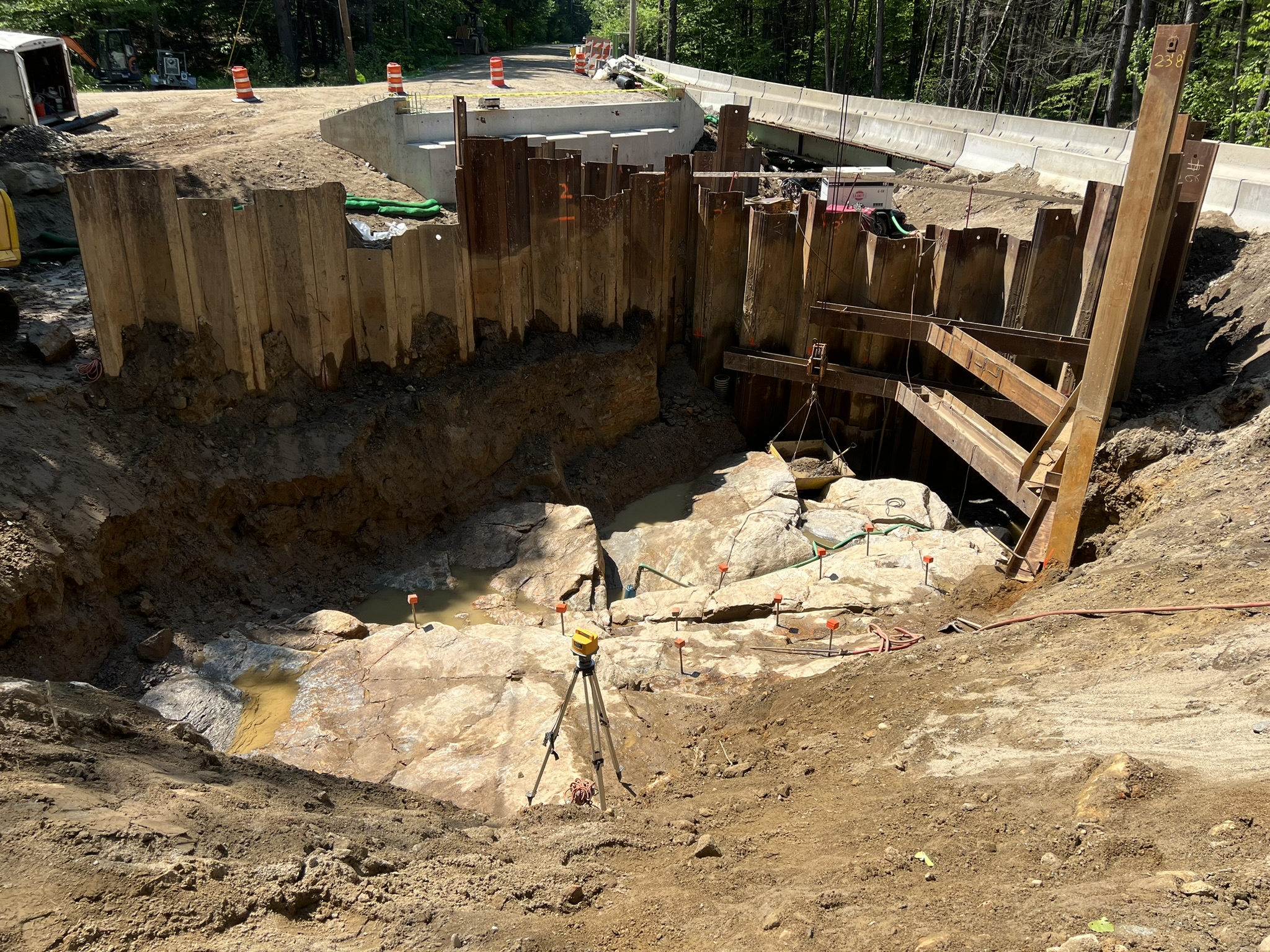
The bedrock followed a steep incline up away from the river towards the north approach to the bridge, completely unlike the conditions present at Abutment B. After careful consideration from the design firm, it was decided to pour a concrete leveling slab under the footing, level with the highest elevation of bedrock present within the limits of the footing. Dowels were added throughout the leveling slab as well and drilled into the bedrock for extra support. The sub-footing ended up requiring an extra 175CY of concrete. No changes were made to the footprint of the footing or the abutment, however the elevation of the bottom of footing had to be raised 5ft from the original design to match the existing bedrock. When constructing the abutment stem and wingwalls, all the rebar had to be cut 5 ft shorter to fit the new height before the contractor could place them in the forms. When one aspect of the plans gets changed, it can often cause a chain effect. Different aspects of design are often more intertwined than we realize. Making one change can lead to other elements needing to be revised as well, but there is always a solution to be found. Looking at the completed bridge, you would never know that one abutment is shorter than the other.
Learning from the Experience
Even though I was not involved with the design aspect of these changes, it was definitely a cool experience for me to see the process of how something like this unfolds. Communication between all parties was very important during the construction of Abutment A to ensure everyone was on the same page about the changes being made. I definitely learned a lot from this project. One of the biggest takeaways I have from this project is that no matter how big a problem may seem at the time, there are solutions waiting on the other side. When the contractor first came to me about their concern of potential high elevations of bedrock I had no idea how we would fix this, and how we would stay on schedule. Engineering allows you to think outside of the box though and come up with solutions that most people wouldn’t be able to imagine just by looking at what’s in front of them. And that’s one of the things I’ve come to love most about civil engineering, is that the possibilities are endless, and it’s all about how you want to look at something. Not everyone is always going to have the same idea but when we work together we can solve any problem. This project has taught me to be flexible and have an open mind when diving into a new project and I look forward to continuing to learn from those around me whenever I can.


